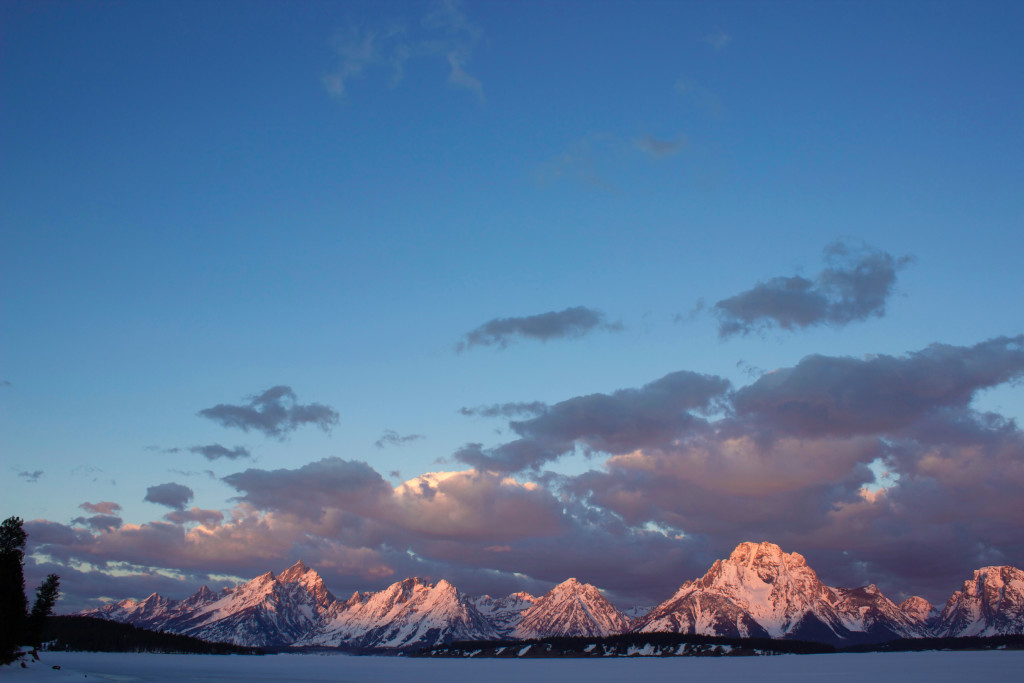
Lately, this has become a topic of discussion and there have been multiple case studies on the subject. Let’s just examine two that were recently published in academic journals. One case study by Marc J. Stern, Robert B. Powell, and Nicole M. Ardoin showed the specific positive effect that being educated for a short time in a National Park can have. The article summarizes the study that the authors conducted on the influences of three and five day residential environmental education programs at the Great Smoky Mountains Institute on the participant’s environmental stewardship, connection with nature, awareness, and interest in learning and discovery among other things. The results of the study were significant positive short-term effects on all participants. In addition, long-term effects were noted in the areas of environmental stewardship and awareness, while the other areas did not have the same effect.
The participants in this study ranked their answer from one to five on how much they agreed with multiple statements. The statements that measured the environmental stewardship of the participants, included statements such as: I feel it’s important to take care of the environment, It’s important to protect as wide a variety of plants and animals as we possibly can, I might someday like to volunteer or work in a national park, I will turn the lights out when I leave a room, I am careful not to waste food, I am careful not to waste water, and finally, I talk to my friends and family about the environment. The statements that measured awareness included eight simple true/false/don’t know statements about the current state of the environment. Before and after results were compared. Three months after they left the park, they were tested again to see the long-term effects of visiting a national park. A significant increase was measured in every single one of these areas for environmental stewardship and awareness, not just for the short term but for the long term as well.
But, the majority of the 280 million people who visit the parks each year do not go to the for an environmental education program, they go for vacation and recreational purposes. How would this number of people going to the parks for other reasons positively affect their awareness and personal environmental stewardship? A second study produced almost identical results as the first study, but took into account those who just came for recreational purposes. The results showed that visiting a National Park can greatly increase the awareness and environmental stewardship of those who go, as their abstract explains,
“This research proposes experiential reciprocity as the process underlying the relationship between direct experience of a national park and perceived value of the park system and its role in preserving the environment. Cross-sectional data of people’s experience and perceptions of the United States National Park Service and their values and beliefs related to the park system indicate that a direct experience of a park increases the intrinsic value of the park, even for those who are already environmentally conscious.”
Again, with 280 million people visiting the National Parks each and every year, the two case study results show the massive positive effect that the National Parks have on the awareness and environmental stewardship of the population as a whole.
With more and more people who are coming to the parks each year, this effect can only increase-showing that setting aside land to be protected has a much farther reaching impact than one might expect.
